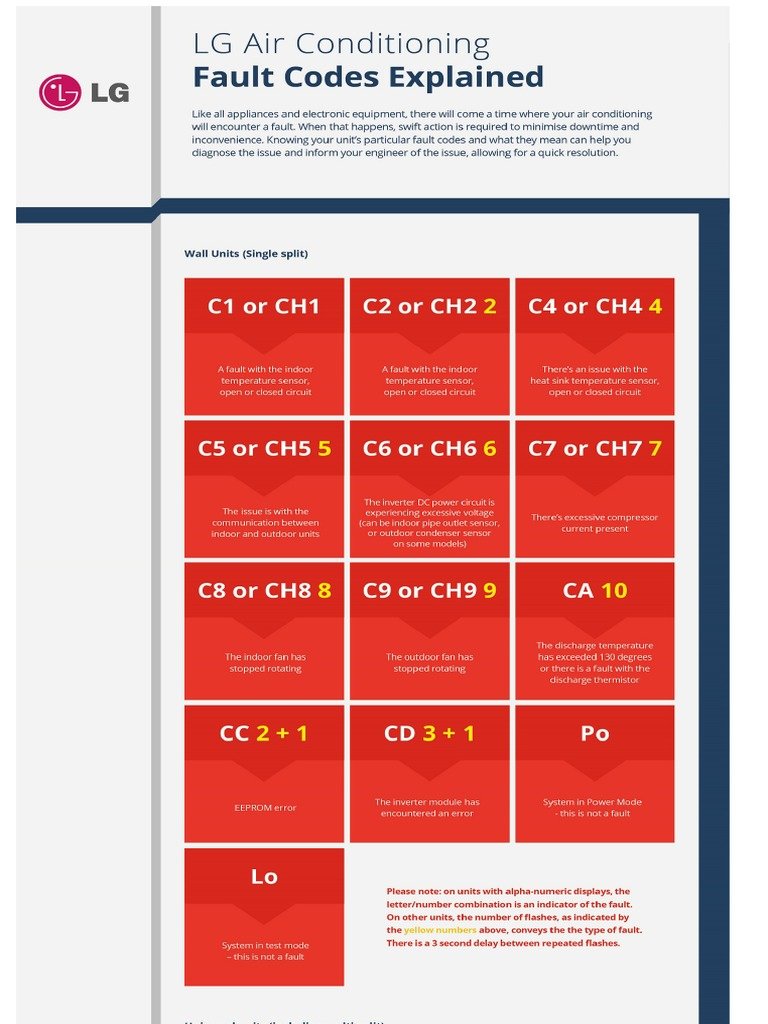
The “F1” error typically indicates a communication problem between the indoor and outdoor units of your split air conditioner system. Think of it like a bad cellphone connection when you’re trying to have an important conversation. Just like you need a reliable network to chat with friends, your air conditioner’s units need to ‘talk’ to each other without interruption. Addressing this issue not only ensures that your space remains comfortable but also extends the lifespan of your appliance.
Understanding The Causes of F1 Error Code
First, let’s explore why this error happens in the first place. The F1 error can be likened to a traffic jam in the communication line. One major cause could be faulty or loose wires. Imagine the connections as the roads between two cities; if there’s a roadblock, messages (or cool air in this case) can’t pass through smoothly. Over time, vibrations from the running unit might cause wires to loosen, just like how a drawer handle might loosen with constant use.
Another common cause is a malfunctioning sensor. Sensors are like the air conditioner’s eyes and ears, constantly checking the system’s status. If these get dirty or go bad, it’s like trying to see through foggy glasses — it just doesn’t work well. Dust and grime can accumulate on these sensors over time, disrupting their ability to transmit accurate data between the units.
Finally, environmental factors such as voltage fluctuations or external interference can also trigger this error. Picture it as trying to watch your favorite TV show with constant power surges — annoying, right? Such disturbances can affect the delicate electronics inside your air conditioner. This is why ensuring stable electrical input is vital.
How To Fix The F1 Error Code
Now that we’ve covered the causes, let’s move on to solutions. Fixing the F1 error code is like untangling a knotted rope — it might take a bit of patience, but it’s manageable. Start by turning off your air conditioner and unplugging it from the power source. It’s always safest to work with the appliance completely powered down to avoid any risks.
Next, inspect the wiring connections between the indoor and outdoor units. Imagine you’re checking the connections on a set of Christmas lights. Are they all snug, or is there one particular bulb (or wire) that’s loose or damaged? Ensure everything is connected securely and look for any visible damage or corrosion. If a wire seems frayed or broken, it’s often best to call in a professional to repair or replace it.
Checking sensor function is another critical step. Remember the foggy glasses analogy? Gently clean the sensors using a soft cloth or a can of compressed air to remove any dirt. This can often restore their operation, much like wiping glasses clears your vision. If cleaning doesn’t solve the problem, test the sensors for functionality or consult a technician to replace faulty ones.
Preventing Future F1 Errors
Preventing the F1 error is all about regular maintenance and creating a stable operational environment for your air conditioner. Think of it like maintaining a car — regular oil changes and tune-ups make all the difference in performance and longevity. Begin by scheduling routine checks of the wiring and internal components, much like having a mechanic examine your vehicle. This proactive approach can catch potential issues before they escalate into significant problems.
You should also consider installing a voltage stabilizer if your home experiences frequent power fluctuations. This device acts like a buffer, smoothing out any electrical ‘bumps’ that might otherwise cause disruptions. It’s similar to having a surge protector for your computer but tailored for your air conditioner.
Finally, make a habit of keeping the unit clean, both internally and externally. Regularly remove dust buildup on both indoor and outdoor units, as dust is often the culprit behind many minor malfunctions. You might think of this as giving your air conditioner a gentle spa day, ensuring it’s in tip-top shape to serve you well.
When to Seek Professional Help
While DIY solutions can be effective, there are times when calling in the cavalry is the best course of action. If you’ve tried troubleshooting on your own and the error persists, it’s likely time for professional assistance. Much like how you’d seek a doctor’s advice for persistent health issues, a qualified technician can diagnose and resolve complex problems.
Technicians have specialized tools and training to address deeper electrical faults or component failures that might not be apparent to the untrained eye. They can conduct advanced diagnostics to ensure every part of your air conditioner is functioning correctly. Additionally, if your unit is still under warranty, seeking professional help ensures you’re not voiding any agreements by attempting repairs yourself.
Ultimately, knowing when to reach out for help saves you time, minimizes frustration, and protects your investment in the long run. Once those professionals have sorted things out, your air conditioner will be back to keeping you comfortable without hiccups.
By understanding the F1 error code, addressing its causes, and implementing preventative measures, you’re well on your way to enjoying your LG air conditioner with peace of mind. Here’s to many cool, comfortable seasons ahead!